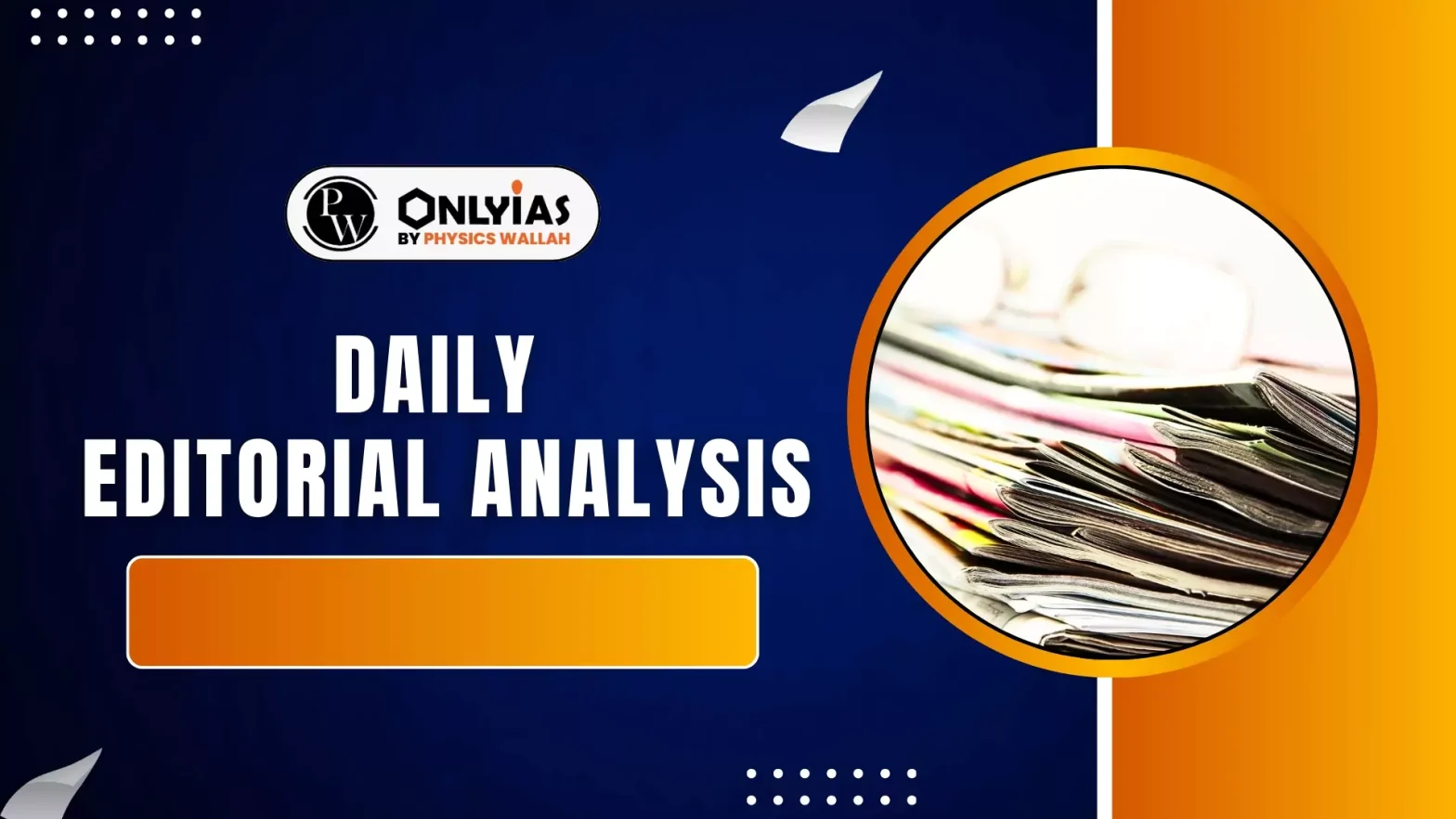A retired doctor lost ₹7 lakh after a deepfake video of Finance Minister Nirmala Sitharaman promoted a guaranteed-return investment scheme. This highlights the alarming rise of AI-driven financial frauds and the urgent need for vigilance and safeguards.
Deepfakes and Scammers’ Modus Operandi
- About Deepfake: Deepfakes are created using AI technology, allowing scammers to superimpose someone’s face onto another body or manipulate their voice to create fake clips.
- They are described as a “new weapon” for scammers.
- Modus Operandi: Scammers typically operate by first creating credibility, often using deepfake clips of prominent figures to lend authenticity to their schemes.
- They then exploit human greed by creating a psychological trap, promising quick wealth (e.g., “money doubles in 5 or 21 days”), which causes victims’ logical thinking to cease, leading them to fall for the scams.
Key Takeaways from the Incident
- Low Digital Literacy: While smartphone use is widespread in India, digital literacy is alarmingly low, with only an estimated 2-3% of people able to recognise a deepfake video.
- Regulatory Vacuum: There is a lack of clear regulation for emerging areas like cryptocurrency.
- The government has not clarified whether crypto is a currency (to be regulated by RBI) or a security (to be regulated by SEBI), leaving it in a “grey area” that scammers exploit.
- AI as a New Weapon: AI technology has become a potent tool for scammers, necessitating extreme caution from both the government and the public due to the low digital literacy.
- Platform Inaction: Major social media platforms (e.g., Facebook, Twitter, Instagram) are criticised for their passivity.
- They typically offer reporting mechanisms after a fraud has occurred, rather than proactively preventing it.
- Platforms claim a “scale problem” due to the vast amount of content uploaded, making it difficult to monitor.
- However, the platforms could use AI to detect fake content, just as scammers use AI to create it.
- The real reason is a reluctance to reduce engagement and revenue, as removing deepfakes would mean fewer videos and potentially lower engagement on their platforms.
Way Forward
- Government:
- Crypto Regulation: The government must clarify and properly regulate cryptocurrencies to eliminate the “grey area” that scammers exploit.
- Cross-Border Treaties: Given that many scammers operate from other countries (e.g., Myanmar, Thailand, Colombia), cooperation and treaties with these governments are essential for law enforcement to apprehend them.
- Public:
- Technical/Digital Literacy: Digital hygiene should be taught from an early age in schools.
- This includes lessons on password creation and general online safety.
- The new slogan should be “Jaago Digital Grahak Jaago” (Awaken Digital Consumer, Awaken).
- Platforms:
- Proactive Action: Platforms must shift from reactive reporting mechanisms to proactive measures to prevent fraud.
- Accountability: Platforms should be held accountable as “publishers” for the content on their sites, rather than solely placing responsibility on users.
Conclusion
Such incidents not only lead to financial loss but also erode trust in technology (e.g., online banking), ultimately hindering national growth. Therefore, the government, public, and platforms must all take action.
![]() 13 Sep 2025
13 Sep 2025

